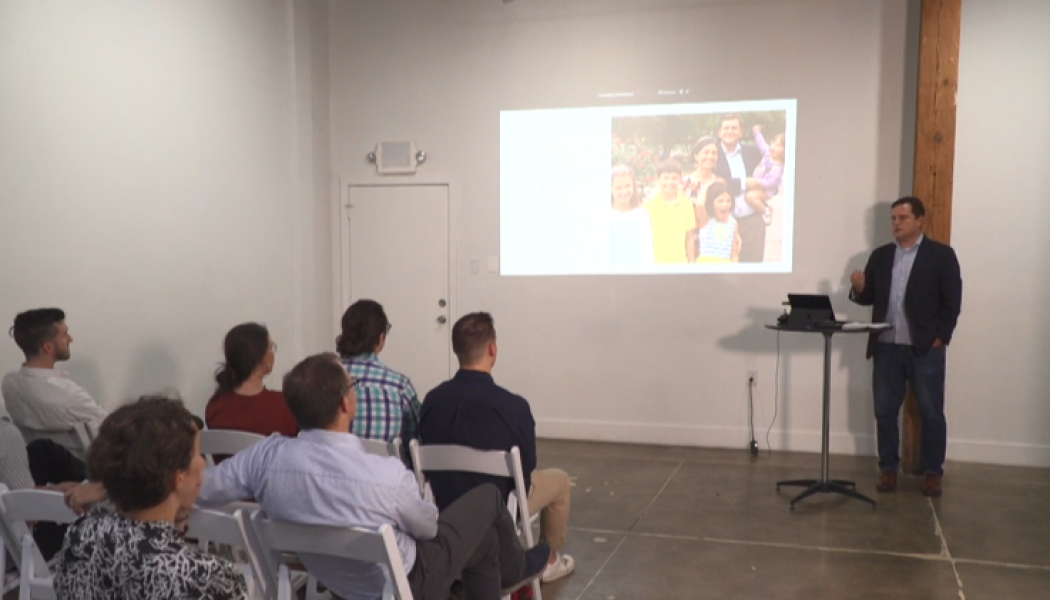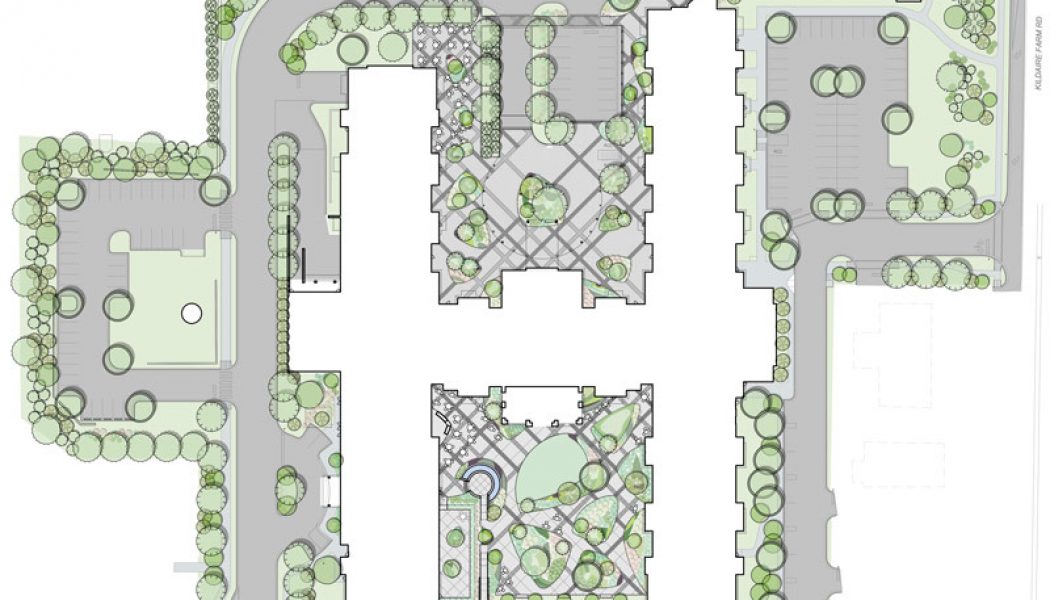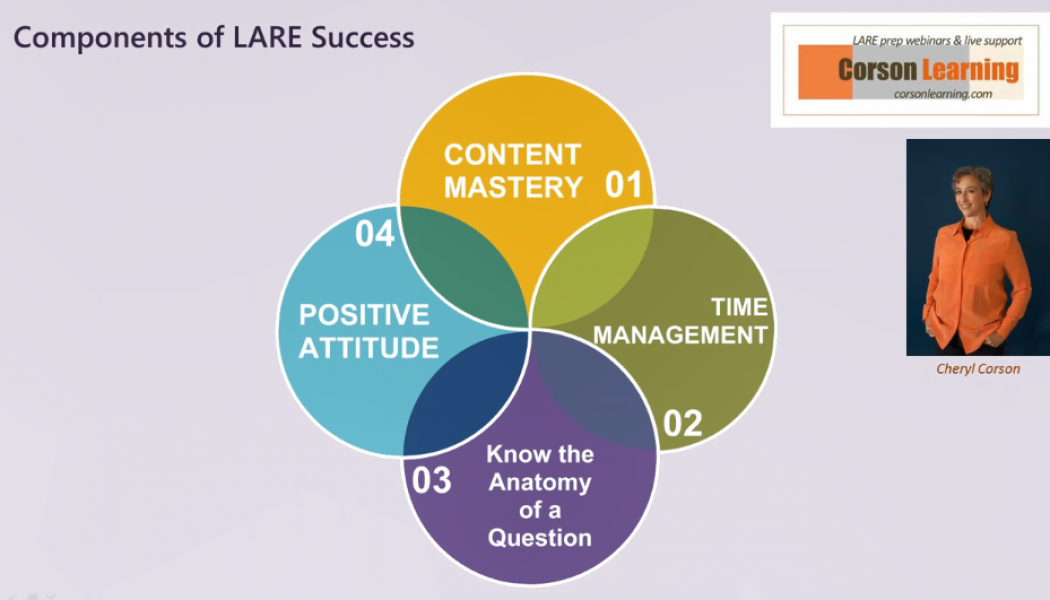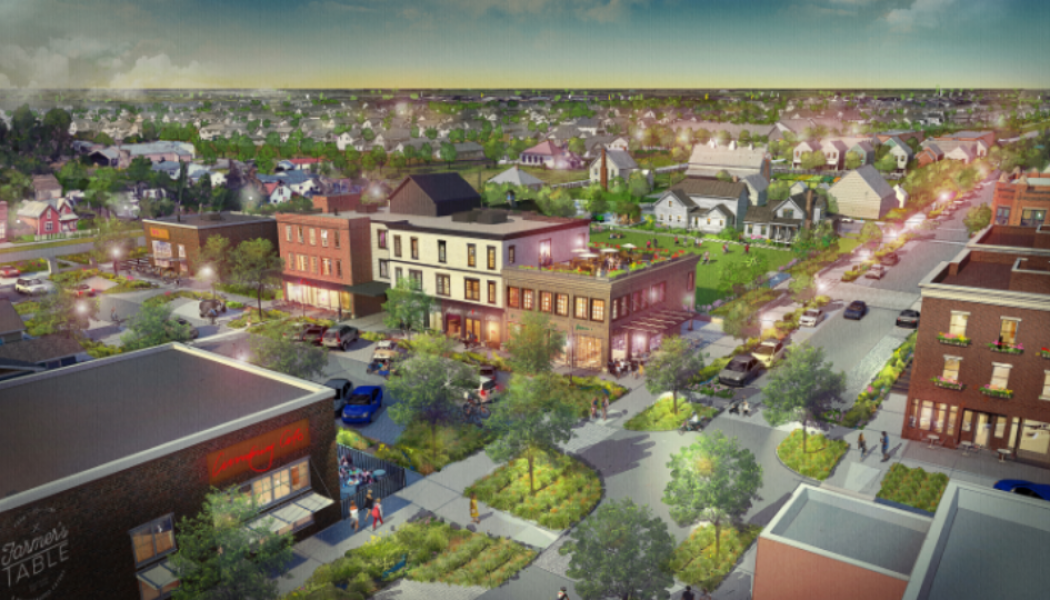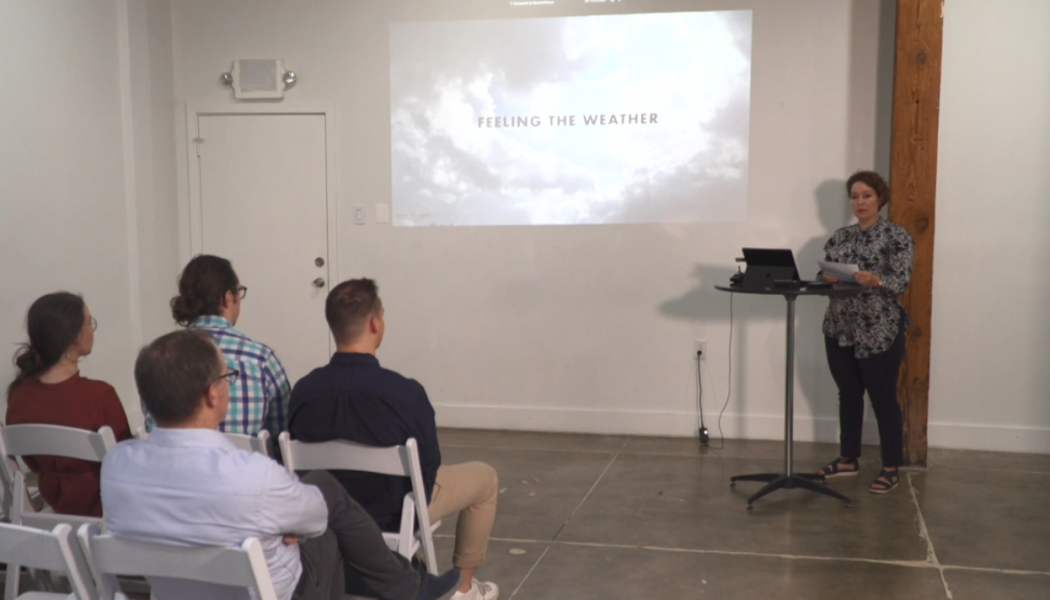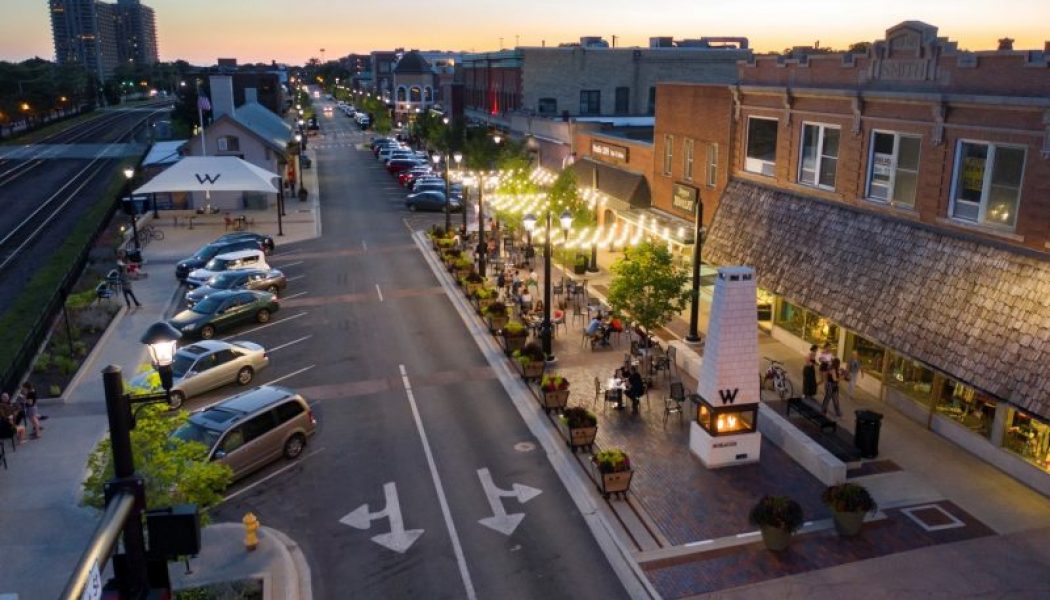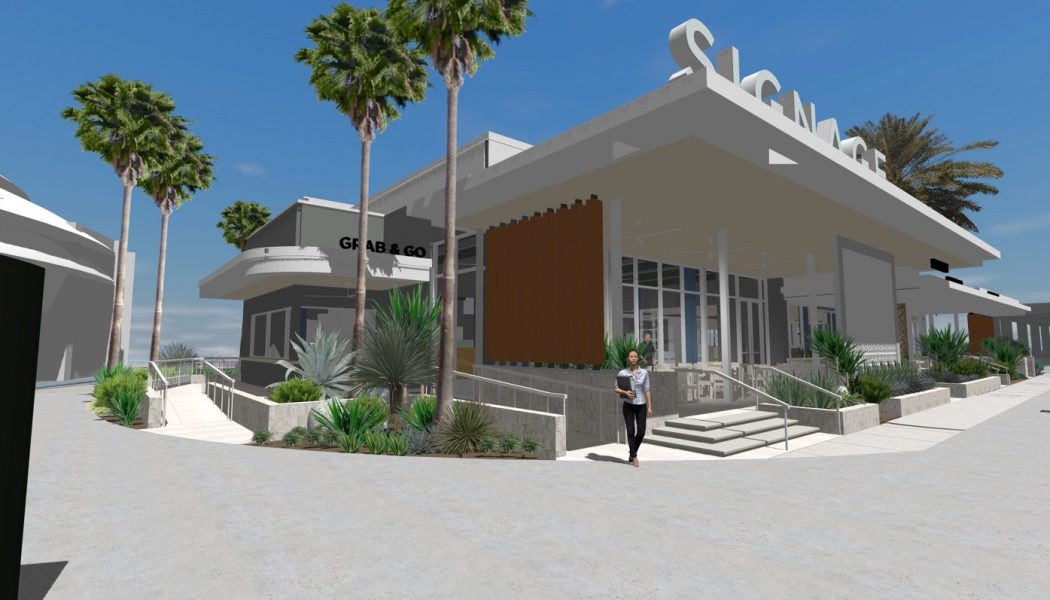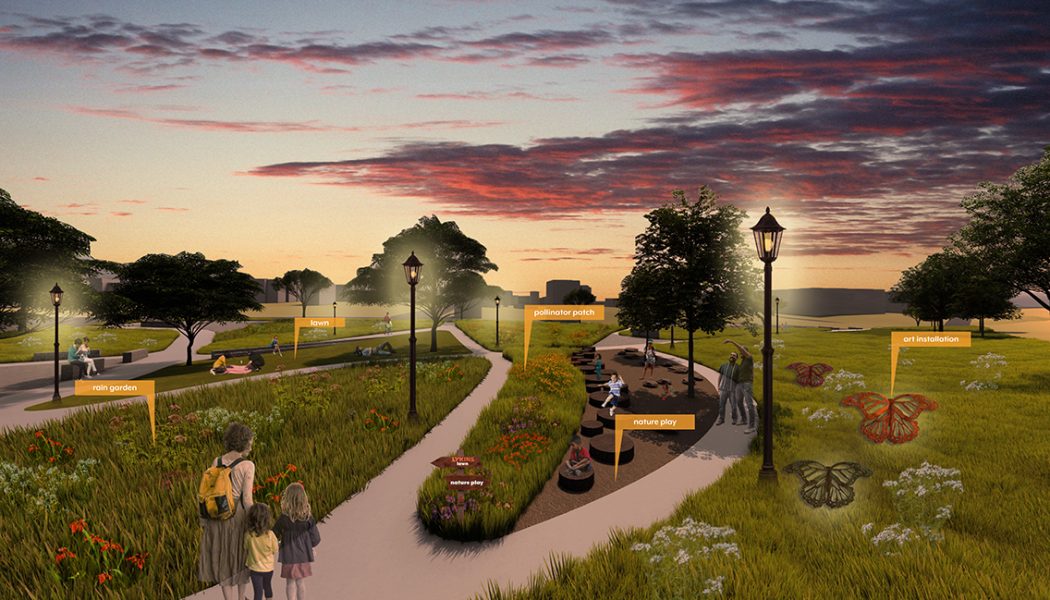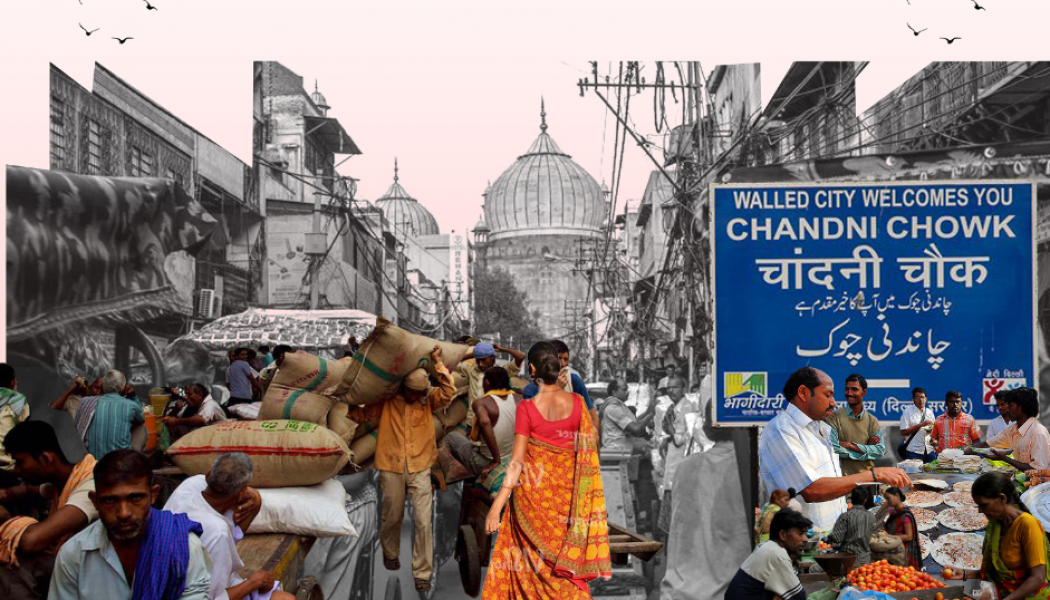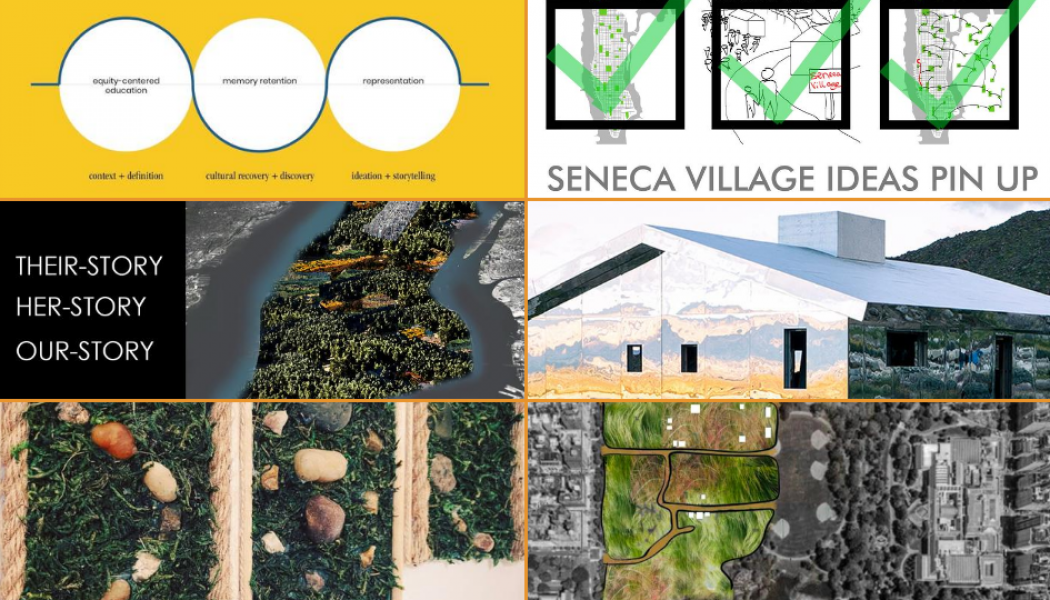Cover Story
Posts to be featured on the Home Page Slider
Creating Binge-Worthy Nature: Rediscovering How Children Play in Nature [Video]
When you think back on your happiest childhood memories, you probably think about playing outside. Those long summer nights camping in the backyard, catching fireflies, and climbing trees are among my most vivid adolescent memories. Not only did these experiences create happy memories, more and more studies show that they provided countless mental and physical health benefits too. Nature creates a unique sense of wonder for kids that no other environment can provide. However, in part due to the influx of technology, there has been a recent shift in how children spend their free time, often replacing outdoor time with screen time. The average American child is said to spend 4 to 7 minutes a day in unstructured play outdoors, and over 7 hours a day in front of a screen. How can we create “bi...Read More
Why Landscape Architects Choose Vectorworks Landmark
In landscape architecture, many of the available software options seem to specialize in individual areas, requiring an investment in add-ons to enable more holistic workflows. This comes as a sticking point for many landscape architecture firms whose work spans beyond 2D drawings and plans. Vectorworks Landmark is known for being an all-in-one solution, which means landscape architects can work without having to invest in additional software. In this article, you’ll hear from three landscape architects who’ve switched to Vectorworks Landmark and are now benefiting from more streamlined workflows. The first firm is SiteWorks, who are based in New York City and provide a variety of landscape architecture services, including project scheduling/budgeting and construction implementation. Next i...Read More
Changes in the Online LARE Prep Landscape
In August 2013, Land8 featured a column announcing my first LARE prep webinar. This event eventually grew to become Corson Learning. Since that first webinar, over a thousand Corson Learning members across the US and Canada have participated and gone on to become licensed landscape architects. This is the professional project of which I am most proud, so it is with mixed emotions that in this same forum I am announcing that Corson Learning will begin to phase out at the end of this year. Live support, except for existing members, will end in December. Pre-recorded content will remain available throughout 2021 at a reduced price. If no one steps up to take the project over, the website will be taken down at the end of 2021. CLARB will conduct its next periodic Task Analysis in 2021, resulti...Read More
Middlebrook Farm: Designing a Healthy and Resilient Agrihood
This year has certainly been unprecedented. The COVID-19 pandemic has forced us to change the way we conduct our daily lives and interact with one another. Work has shifted to home offices, kids are learning online and mask wearing, sanitizing and social distancing are all new practices integrated into our daily routines. During this time of disruption and uncertainty, people are re-evaluating where they live and re-defining what ‘quality of life’ means to them and their families. The concept of an Agrihood, which is a blend of town and farm, is starting to become a more relevant idea throughout America. While the idea of an Agrihood may be new to some, the ideas was actually created long ago, in a time when people lived off the land and relied on each other for their sustenance, happines...Read More
How to Avoid Social Segregation in Play Spaces
Built environment professionals have an opportunity to influence not only the physical environment but also the societies that use the spaces we create. Much has been written in recent popular media regarding social segregation of play spaces in developments. Developers have been accused of creating play spaces that exclude certain portions of residents in their designs. In this article, we look at what landscape architects and architects can do to increase social integration through play provision. Social segregation in the past Arguably, segregation has been a significant problem for a long time. Who can forget the appalling racial segregation in South Africa under apartheid that lead to whole urban areas being declared off-limits to black South Africans? While such stark examples may be...Read More
Feeling the Weather [Video]
The weather affects us every day, but rarely receives the attention it deserves. Often relegated to small talk conversation, we downplay the many ways weather influences our daily life, culture, and health. The weather – the day-to-day state of the atmosphere generally perceived as a combination of temperature, humidity, precipitation, cloudiness, visibility, and wind – is a moment in time. However, when we move beyond a single weather event and study the weather of a place averaged over time, a pattern can be established. The climate, or the pattern of weather moments, is not as easy to perceive, but greatly affects ecosystems and communities around the world. Falon Mihalic, founder of landscape architecture and public art firm Falon Land Studio, seeks to give form to this in...Read More
LAF Innovation + Leadership Symposium Goes Virtual: Part 2
This year’s annual LAF Innovation + Leadership Symposium showcased leading-edge thinking in landscape architecture to address a breadth of pressing issues. During this two-part virtual event, the six 2019-2020 LAF Fellowship for Innovation and Leadership recipients presented their projects as the culmination of their year-long fellowship. The symposium is a celebration of the fellows’ journey to develop their leadership capacity and work on ideas that have the potential to create positive and profound change in the profession, the environment, and humanity. < RELATED: LAF Innovation + Leadership Symposium Goes Virtual: Part 1 > Established in 2016, the Fellowship for Innovation and Leadership was created to “foster transformational leadership capacity and support innovations to adva...Read More
Recreation as Part of Complete Streets Definition
The COVID-19 public health and economic crisis has allowed and, in some instance, forced cities to experiment with the use of streets for temporary accommodation of recreation, events, dining, protest, school, and as spaces for the public to enjoy time outdoors. But over the course of history, many U.S. cities have designed and used some streets for park and civic gathering purposes and not just moving people. We suggest we can learn from both history and these recent experiments in street uses so that these temporary experiments can become more permanent and high-quality long-term solutions. In 2014, landscape architects and planners from Design Workshop authored an article in Planning Magazine titled “Recreation in the Right-of-Way”, which made a case for including recreation as a ...Read More
Landscape Architect Todd McCurdy and Vectorworks: Doing BIM Before It Was Cool
Todd McCurdy, FASLA is a vice-president and director of landscape architecture and planning at the Orlando office of Huitt-Zollars, Inc. The multi-disciplinary firm has a large international portfolio featuring projects in the entertainment and hospitality sectors, among others. Although designers at HZ use other software tools as well, Todd’s department is firmly rooted in Vectorworks Landmark. Its ability to clearly show intricate spatial relationships affecting the firm’s other disciplines has even convinced some of the architects to switch to Vectorworks. An Early Adopter Todd is no newcomer to Vectorworks. A true early adopter, he picked up MiniCAD Plus, v 2.0, in 1989. Back then, working in a smaller firm, McCurdy used this proto-version of Vectorworks to create custom planting detai...Read More
Planting in Public: Resident Planting Preferences for Vacant Lots in East Kansas City Neighborhoods
People who care about cities have long been troubled by the presence (and reputation) of “vacant” land. Landscape architects, city officials, and residents often worry that, unless something positive is actively happening on a site, it will foster undesirable activities. Cities and communities have tried different approaches to managing vacant land. Low budget strategies, such as poorly planned ecological planting or wildflower seed mixes, can increase the sense of a neighborhood lacking effort or care. Guerilla gardeners, such as the well-publicized Ron Finley, come into conflict with neighborhood HOAs and city code enforcement when their interventions don’t fit with a space’s authorized use. Community-led efforts to transform vacant spaces into gardens or parks often end with communally...Read More
Recognising the Landscape of Sex Work in India: A Design Strategy to Uplift Social Living Conditions
Let me introduce to you, Bano, a frail looking, dark skinned 39 year old woman who has not been educated beyond grade five. She migrated from her village and came to Delhi, India, where she became a sex worker and now lives in G.B. Road, continuing in the same profession. Bano doesn’t regret the decision she made then, but she is keen to explore alternative opportunities. She doesn’t have the skills or resources to do so. Recognizing the Landscape of Sex Work in India is a project that focuses on a design strategy to uplift the social living conditions of the people living in red-light districts. The sex industry has always been a part of cities and is said to be the oldest profession in the world, however, the urban areas that cater for sex work are often considered illegitimate parts of ...Read More
SENECA VILLAGE and CENTRAL PARK: The Forgotten Land of the Free
A few weeks ago, when we were all shaken awake by the Black Lives Matter movement, Black landscapes and our treatment of them as landscape architects began to occupy my mind. The very fact that it should have to take a movement of this magnitude for this topic to occupy some of our minds as designers is an issue that requires attention. I like to think that as landscape architects we have a unique role of protecting and preserving the stories and existence of those who have come before us. By genuinely understanding the culture, politics, and lives of a given community we are designing for, we get to use our skills of design and storytelling, and take part in highlighting a group of individuals and their lives on the lands that we inherit and get the opportunity to creatively. To be an act...Read More



